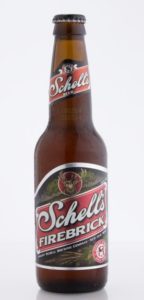Top 10 Vienna Lagers Brewed in America
The best Vienna lagers are copper to reddish brown. Vienna lagers are characterized by malty aroma, which should have a notable degree of toasted and/or slightly roasted malt character. Hop aroma is very low to low, deriving from noble-type hops. They are also characterized by slight malt sweetness, which should have notable toasted and/or slightly roasted malt character. Hop flavor is very low to low, deriving from noble-type hops. Hop bitterness is low to medium-low, clean and crisp. ABV: 4.80% – 5.40%. IBU: 22 – 28

1. Firebrick – August Schell Brewing – Minnesota
2. Eliot Ness – Great Lakes Brewing – Ohio
3. Gustav – Taft’s Ale House – Ohio
4. Vienna Style Lager – Sierra Nevada Brewing – California
5. 914 Vienna Lager – Yonkers Brewing – New York
6. Vienna Lager – Lost Forty Brewing – Arkansas
7. Dynamo Copper Lager – Metropolitan Brewing – Illinois
8. Dock Time – Stony Creek Brewery – Connecticut
9. Von Trapp Vienna Lager – Von Trapp Brewing – Vermont
10. Vienna Lager – Devils Backbone Brewing – Vermont
Top 10 Beers in America – Ales Lagers Specialty Barrel Aged